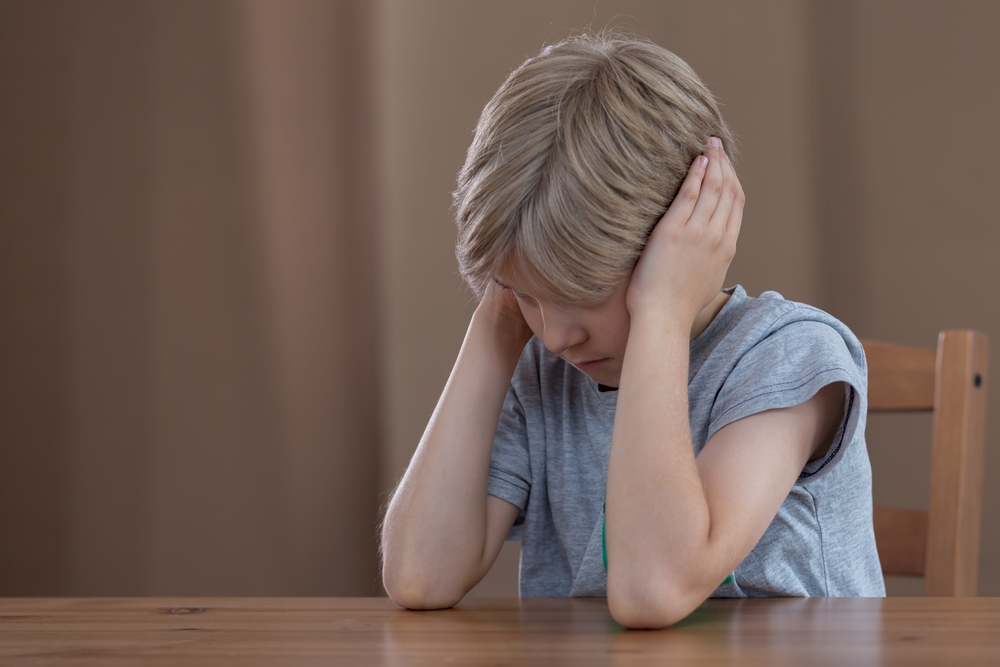Anxiety Common in Older Children and Especially Evident When ‘Preferred’ Caregiver Absent, Study Says

Anxiety, especially separation distress, is very common among older children with Angelman syndrome and should be taken into consideration by doctors to improve both their quality of life and that of their family members, a study says.
Findings of the study “Anxiety-associated and separation distress-associated behaviours in Angelman syndrome” were published in the Journal of Intellectual Disability Research.
Angelman syndrome, a genetic neurodevelopmental disorder, is usually associated with severe intellectual disability, difficulty speaking, loss of movement control (ataxia), and epileptic seizures. It is caused by the loss or malfunction of the maternal copy of the ubiquitin protein ligase E3A (UBE3A) gene in neurons across specific regions of the brain.
“A behavioral feature less well described in this population is anxiety,” the researchers wrote. “Anxiety is listed as a ‘frequent’ feature in the consensus reports, and studies of stress and anxiety in the AS [Angelman syndrome] mouse model suggest that increased anxiety-like behavior may be directly associated with loss of UBE3A.”
But few studies to date describe the nature and severity of anxiety behaviors, especially those caused by separation from a preferred caregiver (separation distress), among children and adolescents with Angelman.
Researchers at the University of North Carolina at Chapel Hill studied the frequency, nature, and severity of anxiety behaviors displayed by a group of 100 of these children based on feedback from their caregivers.
Feedback was assessed through a series of surveys. Other variables that might be associated with anxiety, such as a child’s age, sex, genetic background, sleep disturbances, displays of aggression, and the family’s income and the mother’s level of education were also collected for all study participants.
Results showed that 40% of the caregivers were concerned about the impact of anxiety on these children. More than half (61.5%) stated each child had a preferred caregiver, and almost half (48.4%) said children became agitated when they were separated from that person.
“Clingy” was the word most often used to describe the child’s anxiety (40% of responders), followed by “does not relax” (38%), “trembles” (36%), “agitated” (28%), and “nervous habits” or “fearful” (25% each).
In addition, study findings revealed that children who carried deletion mutations (a mutation in which part of the DNA sequence of a gene is lost) or were at younger ages were less likely to experience anxiety behaviors. Children 5 years old and younger had the lowest anxiety scores, while teenagers between 13 and 17 had the highest.
Those with sleeping difficulties or who displayed aggressive behaviors were more susceptible to anxiety regardless of age.
“[A]nxiety-related symptoms are a common and challenging aspect of the AS phenotype [disease manifestations], one that deserves greater attention,” the scientists wrote.
“Being able to identify better both the molecular and environmental contributions to these behaviors is an important goal for researchers and clinicians working to improve the quality of life of individuals with AS and their families. Future comprehensive studies are needed to better capture symptoms of anxiety in individuals with AS over time to better understand this associated feature,” they added.






